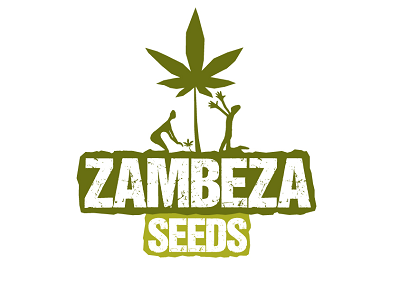How Industrial Hemp Compares To Cotton As An Ecological Crop
Published :
Jul 4, 2017
Categories :
Cannabis news

Industrial hemp seems to outperform cotton in almost every way, from pesticide and water use to its health benefits and many uses in sustainable manufacturing. Read on to see how industrial hemp compares to cotton as an ecological crop.
Hemp has been an ally to humanity for many thousands of years until its recent and restrictive prohibition at the turn of the 20th-century. As one of the oldest industrial materials known to man, hemp has been utilised by various cultures dating back over 10,000 years ago.
Fulfilling many integral roles as an agricultural crop, hemp is used in the production of fibre, food, oil and more recently, building materials. During the colonial era, American citizens were actually legally obliged to cultivated the crop, a political climate much different than the current legislation surrounding hemp cultivation and use.
HEMP AND CANNABIS
Hemp is naturally positioned as an industrial and economic powerhouse. Yet, this variety of plant is inseparable from psychoactive cannabis, which has led to laws and regulations that prohibit its cultivation in certain parts of the world. It was the Marihuana Tax Act passed in 1937 that saw the cementing of hemp prohibition.
Industrial hemp differs in several ways from recreational and medicinal cannabis, with some requirements dictating that industrial hemp must contain less than 0.3 percent THC in order to be legally cultivated. Even in these negligible concentrations, governing bodies still classify hemp as a restricted substance, at great cost to the environment, the economy and green innovation.
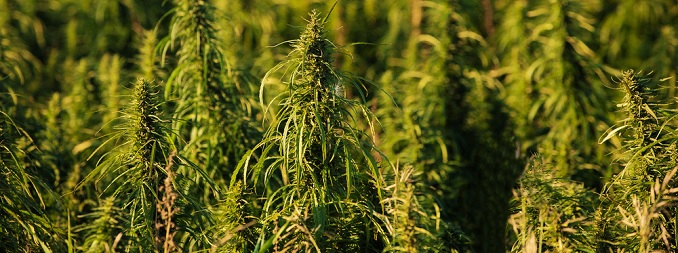
Other industrial crops make sufficient replacements for hemp, yet these products are often inferior in both quality and environmental impact. Cotton is one such crop, capable of producing fibre for clothing, as well as a food for cattle and an oil that can be used in a wide range of products. However, cotton has a sinister side, with producers using massive amounts of water and pesticides in order to cultivate high yields, especially in comparison to hemp. Additionally, cotton simply can’t compete with hemp when it comes to diversity and innovation.
PESTICIDE USE
As an area under investigation, pesticide use is perhaps what sets these two industrial crops most apart. Both crops can be grown organically, but this is not an exclusive mandate for cultivators. Even when grown using non-organic methods, hemp requires zero pesticides or herbicides and only moderate amounts of fertiliser to thrive.
In contrast, cotton requires huge amounts of both pesticides and herbicides to grow vigorously. Cotton accounts for approximately 2.5 percent of agricultural land worldwide, yet uses a staggering 16 percent of the world’s total pesticides. Hazardous chemicals used on cotton usually include aldicarb, phorate, methamidophos and endosulfan.
According to Pesticide Action Network North America, “Pesticides used on cotton - even when used according to instruction - harm people, wildlife and the environment. These pesticides can poison farm workers, drift into neighbouring communities, contaminate ground and surface water and kill beneficial insects and soil micro-organisms.”
WATER USE
According to The Water Project, 70 percent of Earth’s surface is covered by water, with 97.5 percent being salt water. Only 2.5 percent of this is freshwater and around 68.7 percent of that is frozen and locked into ice caps. This means that only 1 percent of water on Earth is available for humans to use. Obviously, there are methods used to make salt water consumable, but factors like water scarcity and drought make water conservation an essential goal. So what does this have to do with the debate between industrial hemp and cotton?

Well, an astounding 20,000 litres of water is needed in the cultivation of 1kg of industrial cotton. Alternatively, only 300-500 litres of water are needed in order to produce 1kg of dried hemp.
A study analysing the ecological demands of several industrial crops including cotton and hemp states that, “In most of the regions where cotton is grown rainfall is insufficient to provide the necessary moisture for the growth of the crop to give commercially viable yields. Therefore, the available rainfall must be supplemented by additional moisture from irrigation. The amount of water supplied through various methods or irrigation, most commonly surface methods (flooding, furrow and corrugation) represents a huge demand on what are often very limited total water resources.”
EFFICIENCY
It is evident that hemp is more ecological when it comes to water and pesticide use. But how do they compare in efficiency? Well, it appears as though hemp outweighs cotton in this domain as well, especially in terms of land use. On a yearly basis, 1 acre of industrial hemp will produce approximately the same amount of fibre as 2-3 acres of cotton.
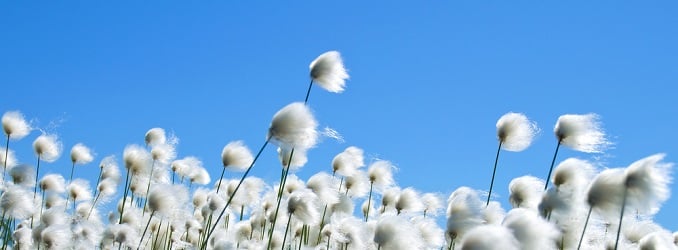
FIBRE QUALITY
Hemp fibres are incredibly durable and structurally secure enough to be made into canvases, strong ropes and even sails for ships. Concerning clothing, hemp is reported to soften over time, instead of wearing out.
HEMP’S INDUSTRIAL POTENTIAL
Are you ready to have your mind blown? Now that hemp’s ecological benefits are clear, its many applications in the world of manufacturing will provide insight into its versatile nature. Although hemp requires quite a big workload, chiefly during processing, it does appear to be a much more diverse and therefore, reliable crop. Hemp’s massive influence on the supply chain of numerous industries includes uses in animal bedding, insulation, concrete, netting, carpet, bags, shoes, clothes, bio composites, bio fuel, cardboard, paper and filters. This list simply represents what the stalks are capable of producing, while the seeds of the hemp plant can produce bread, hemp milk, fuel, dressings, cosmetics, animal food and flour.
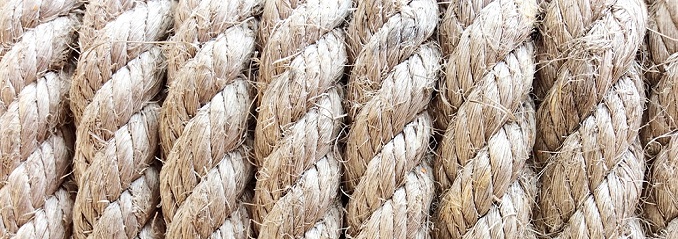
PAPER
Paper sourced from industrial hemp is said to be superior to that produced by trees as it can last for longer periods and can be recycled more times. What is even more impressive is that, on a yearly basis, 1 acre of industrial hemp can produce an equal amount of paper to that 2-4 acres of trees. This is incredible considering how much faster hemp grows than trees. As a result, hemp is far more efficient and environmentally friendly to use in paper production than tree considering the monumental repercussions of deforestation.
HEMPCRETE
Hempcrete is an example of industrial hemp’s efficacy as a building material. Made from a mixture of hemp shivs and lime, Hempcrete can be used to form walls in combination with other materials and insulation. Amazingly, hempcrete is a “better than zero carbon material” as it locks away more carbon during the lifetime of the building than the carbon emitted during its construction.
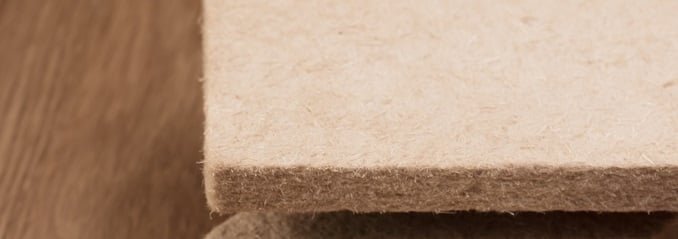
HEMP AS FUEL?
Hemp can be used to make methanol more efficiently than other plants like corn. Hempcar.org is an amazing example of a hemp-powered vehicle that travelled 13,000 miles and visited 50 cities in a period of 92 days, using 600 gallons of hemp fuel.
HEMP FOR SOIL HEALTH
Hemp is known for its use in a process called phytoremediation, which removes toxins and pollutants from soil.
CARBON NEGATIVE
Hemp is celebrated for its amazing ability to absorb large amounts of CO₂ as it grows. It has been calculated that each ton of hemp grown represents 1.63 tons of CO₂ absorption.
Famous hemp activist Jack Herer commented on the environmental benefits of hemp, noting:
“If all fossil fuels and their derivatives, as well as trees for paper and construction, were banned in order to save the planet, reverse the Greenhouse Effect and stop deforestation, then there is only one known annually renewable natural resource that is capable of providing the overall majority of the world’s paper and textiles; meet all of the world’s transportation, industrial and home energy needs, while simultaneously reducing pollution, rebuilding the soil and cleaning the atmosphere all at the same time. That substance is the same one that has done it before: Cannabis Hemp.”
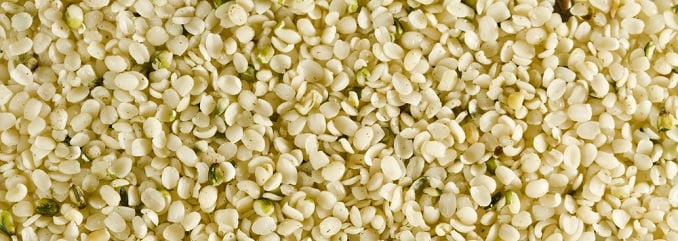
HEMP SEED
The humble hemp seed is a nutritionally dense food, packed with incredible potential on human health. Containing high quantities of omega-6 and omega-3 fatty acids, hemp seeds are also a great source of protein, accounting for nearly ¼ of the seed’s total calories. Hemp seeds also offer high amounts of vitamin E, phosphorous, potassium, sodium, magnesium, sulphur, calcium, iron and zinc. They also maintain potential in reducing the risk of heart disease, benefiting skin disorders, relieving PMS and menopause symptoms and aiding with digestion.
